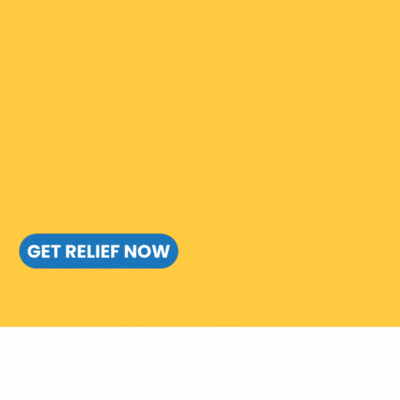It’s important that senior living communities educate their entire team as to some of the “hidden” factors that can directly or indirectly lead to a fall.
By Susan Saldibar
My 91-year-old mother is in pretty good shape, knock on wood. But she worries about falling and goes to great lengths to lift her legs and feet properly, taking her sweet time to cross a parking lot and step up on a curb. As strong and careful as she is, it’s not a weak ankle or knee that she thinks might bring her down. It’s a host of other things.
I thought about these “other things” while talking with Shane Malecha, Clinical Specialist with Aegis Therapies, a Senior Housing Forum partner. Shane is a firm believer that building strength, while important, is not necessarily what best prevents a fall.
Hidden Dangers
It’s important that senior living communities educate their entire team as to some of the “hidden” factors that can directly or indirectly lead to a fall. Here is what to keep on top of:
- Health conditions: Cardiac and pulmonary issues such as hypertension and congestive heart failure (CHF) and chronic obstructive pulmonary disease (COPD) can create significant issues because they often result in exercise intolerance. That, in addition to reduced cognitive function with less oxygen to the brain and sudden drops in blood pressure are just a few of the factors that make residents with these conditions more likely to experience falls.
- Medications: Mismanagement of medications is common, and you don’t have to make flagrant errors to impair balance and movement. We’ve all experienced the effects of taking “one too many” pills or a combination of pills that cause a bad reaction. While many senior living communities have automated “meds passing” to ensure the correct dosage and time intervals, medications can react with certain foods to cause issues. They can also interact negatively with non-prescription medications that contain sleep aids—including painkillers with “PM” in their names. These can lead to balance issues and dizziness.
- Eye issues: All it takes is one pair of glasses with an outdated prescription to cause vision problems, making objects appear fuzzy and out of focus. Cataracts and macular degeneration can also cause vision problems. If a resident doesn’t see that upturned corner of the carpet or that lamp cord, all the strong muscles in the world won’t prevent a fall. Also be aware that tint-changing lenses can be hazardous when going from bright sun into darkened buildings. A simple strategy is to change glasses upon entry or stop until their lenses adjust. Bifocals also can be problematic on stairs, so it’s important to be cautious.
- Balance: As you know, balance gets worse with age. While most strength training includes balance exercises, it’s important to test a resident’s balance frequently. Take notice if they’re holding onto walls, furniture, or someone else when walking, or if they appear to have difficulty walking or arising from a chair.
As a senior care provider you are already regularly checking in on the overall health conditions of your residents. Yet, according to Shane, “We see so many falls that could have been prevented with a more balanced medications schedule or an updated glasses prescription.” And you are most likely the one liable for any falls that occur.
So, in addition to keeping your hallways and multi-purpose rooms clean and clear, don’t forget to check regularly on those “other issues” that can send an otherwise healthy senior to the hospital room.
Download Aegis’ “5 Things You Can Do to Prevent Falls” here.
For more information on reducing falls and other health tips and resources to keep your residents healthy, visit the Aegis Therapies website.
Download a PDF copy of this article by clicking on the button below:








